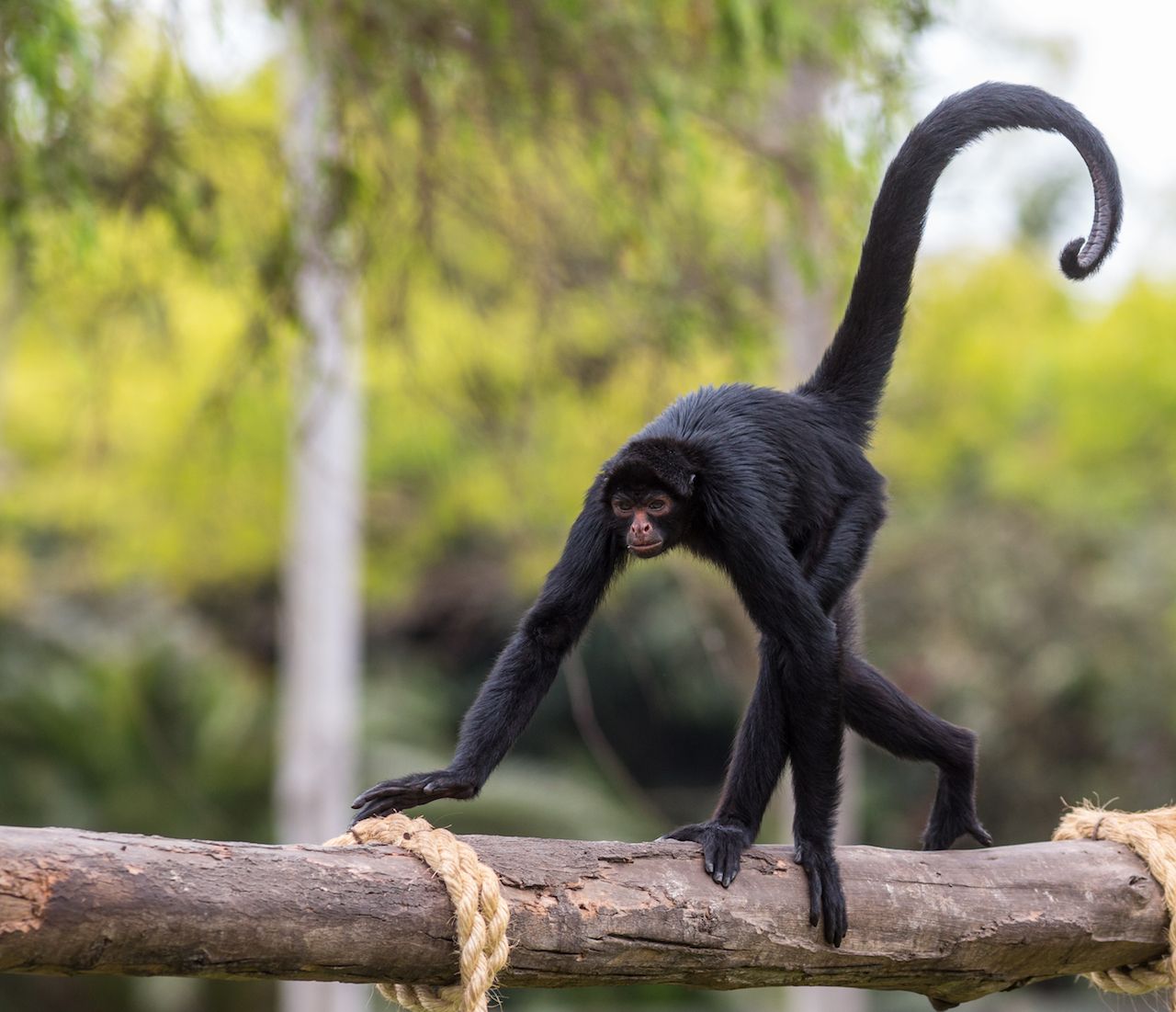

More precisely, they consist of the parvorders New World monkeys (Platyrrhini) and Catarrhini, the latter of which consists of the family Cercopithecidae ( Old World monkeys in the stricter sense) and the superfamily Hominoidea (apes and – or including – humans).

ɪ f ɔːr m iː z/) of primates containing all animals traditionally called monkeys and apes. The simians, anthropoids, or higher primates are an infraorder ( Simiiformes / ˈ s ɪ m i. Monkeys (which from a strict cladistic sense includes apes, and thus humans).New World monkeys are limited to tropical forest environments of southern Mexico, Central, and South America.
New world monkeys crack#
Some capuchin groups collect palm nuts, dry them out over several days and crack them with rocks to get at the food inside. They also hunt large insects and collect birds eggs in the trees in addition to eating leaves and fruit. For instance, capuchin monkeys venture out of the trees to hunt crabs, clams and other small animals in mangrove swamps. He Cebidae are generally very enterprising when it comes to obtaining food. The smaller marmosets venture into the very top of forest canopies to hunt insects that are abundant there. Some tamarin species eat flower nectar as well. The favourite food of tamarins and marmosets is carbohydrate rich tree sap which they tap by gnawing holes in trunks. The diet of the New World Monkeys depends upon species. All other primate species usually give birth to only one young at a time.

They do not have prehensile tails and they also lack the ability to change their facial expressions. Their thumbs are not opposable and they have claws on all digits except for their big toes, which have nails. The marmosets are the smallest of all monkey species.īoth marmosets and tamarins are considered to be the most primitive monkeys. These monkeys range in weight from only 1/3 to 2 pounds (140 – 900 grams), however, their thick fur and long tails deceptively make them look larger and heavier. Two examples of New World Monkeys are the Marmoset Monkeys and Tamarin Monkeys. Unlike most Old World monkeys, many New World monkeys form monogamous pair bonds and show substantial paternal care of young. Many are small, arboreal and nocturnal, so our knowledge of them is less comprehensive than that of the more easily observed Old World monkeys. Most New world monkeys have long, often prehensile tails. The scientific name for New world monkey, Platyrrhini, means ‘flat nosed’, therefore their noses are flatter, with side facing nostrils, compared to the narrow noses of the Old World monkey. The different noses on New World Monkeys is the most commonly used feature to distinguish between the two groups. New World monkeys differ from other groups of monkeys and primates, such as the Old World monkeys and the apes. The four families are ranked together as the ‘Platyrrhini parvorder’. There are around 100 species of New World Monkeys divided into the four families. The New World Monkeys are divided into two families and four subfamilies of primates that are found in Central and South America: Cebidae, Aotidae, Pitheciidae and Atelidae.


 0 kommentar(er)
0 kommentar(er)
